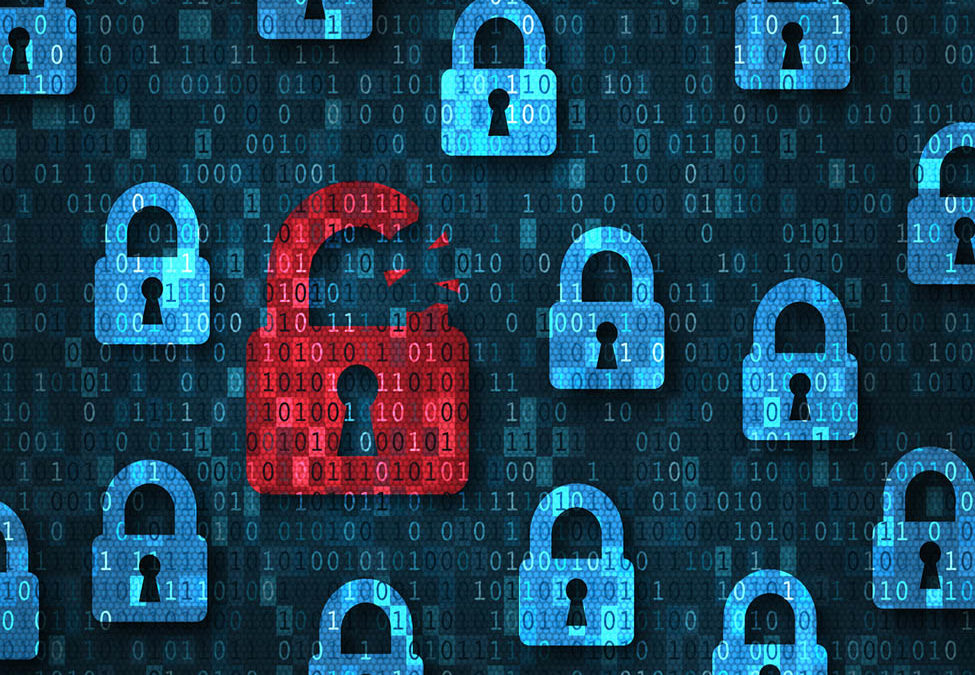
by Data Tech Cafe | Mar 18, 2021 | Blog
In a study of business leaders performed by Accenture, 68 percent feel their cybersecurity risks are increasing – and rightfully so! Based on data provided by Cisco, cybercrimes are on track to surpass all the global trade of all major drugs combined. That begs the...

by Data Tech Cafe | Feb 28, 2021 | Blog
With the pivotal shift in remote work options looking to become a lasting effect of 2020, employers are experiencing both the perks and pitfalls of this new teamwork and collaboration trend. According to LinkedIn’s 10 Insights from Talent Leaders, “recent research...

by Data Tech Cafe | Jan 25, 2021 | Blog
Workforce engagement is crucial for every business type and is especially important for companies that offer work-from-home options. According to Gartner, 88 percent of organizations moved employees over to work-from-home after COVID-19 was declared a pandemic. With...

by Data Tech Cafe | Dec 4, 2020 | Blog
Every investment you make for your company should be made with confidence. While it’s hard to be sure which new technologies have staying power over others, one thing remains certain – your employees will always need to communicate and collaborate. Whether your team...

by Data Tech Cafe | Nov 2, 2020 | Blog
Do you have staff working remotely for the foreseeable future? It would be nice to ensure your entire team could collaborate efficiently, no matter how far apart they work. Don’t you wish there was an easy way to make it work? The secret is excellent...

by Data Tech Cafe | Sep 30, 2020 | Blog
COVID-19 has presented us all with a lot of challenges. With public health guidelines suddenly in place in March 2020, most businesses were forced to transition to remote work either on a full-time or part-time basis. In fact, according to Gartner, 88 percent of...






